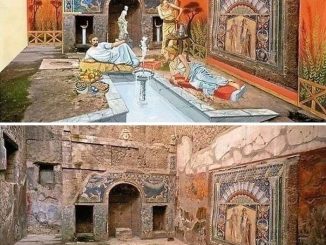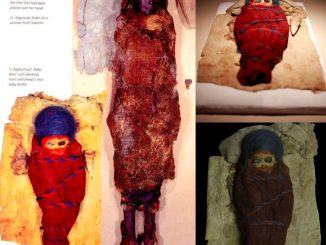In the annals of history, there are certain artifacts that stand as pivotal milestones in our understanding of ancient civilizations. The Rosetta Stone is undeniably one such relic, a stele of granodiorite that has captivated scholars, historians, and archaeologists for centuries. Engraved with three versions of a decree issued in 196 BC during the Ptolemaic dynasty of Egypt, this stone has been heralded as the key to unlocking the mysteries of an ancient world.
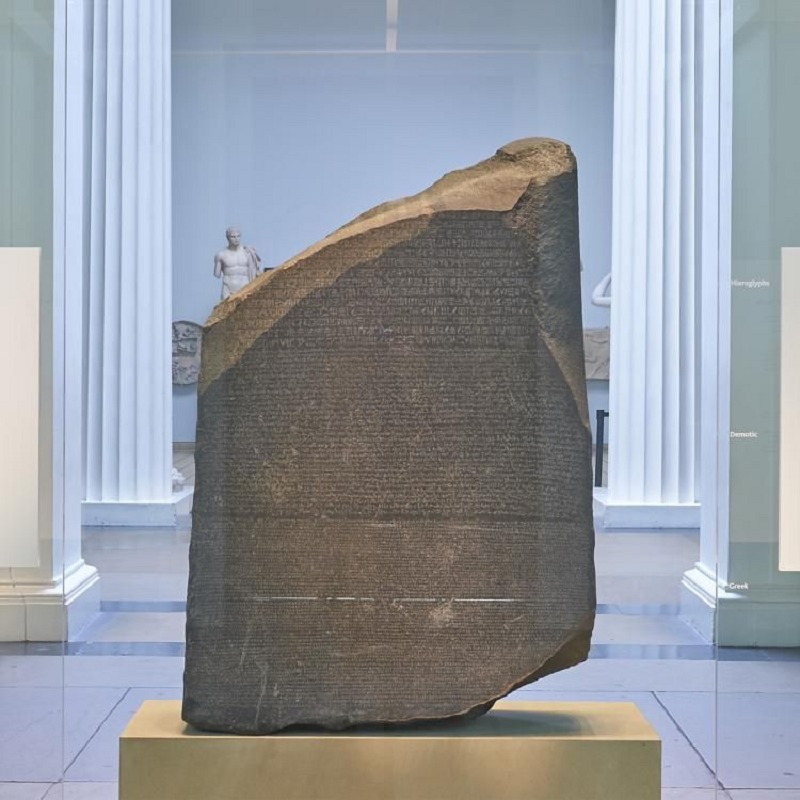
The Rosetta Stone is not just a stone; it is a testament to the ingenuity and perseverance of humanity in its quest for knowledge. Carved with text in three scripts—Ancient Egyptian hieroglyphs, Demotic script, and Ancient Greek—the stone provided linguists with the means to decipher the enigmatic language of the pharaohs.


For centuries, the hieroglyphic script remained a mystery, its meaning lost in the sands of time. However, on September 27, 1822 AD, the world witnessed a breakthrough that would forever change the course of Egyptology. It was on this day that French philologist Jean-François Champollion announced to the world that he had decrypted the key to Egypt’s ancient past.
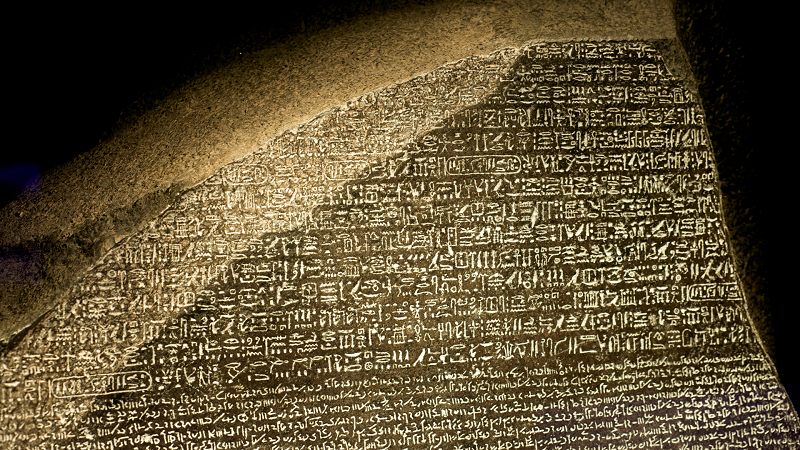
Champollion’s journey to unravel the secrets of the Rosetta Stone was not an easy one. Born in 1790, he displayed an early aptitude for languages and ancient history. His fascination with Egyptology led him to study Coptic, the last phase of the Egyptian language still in use, and he soon became entranced by the challenge of deciphering the hieroglyphs.
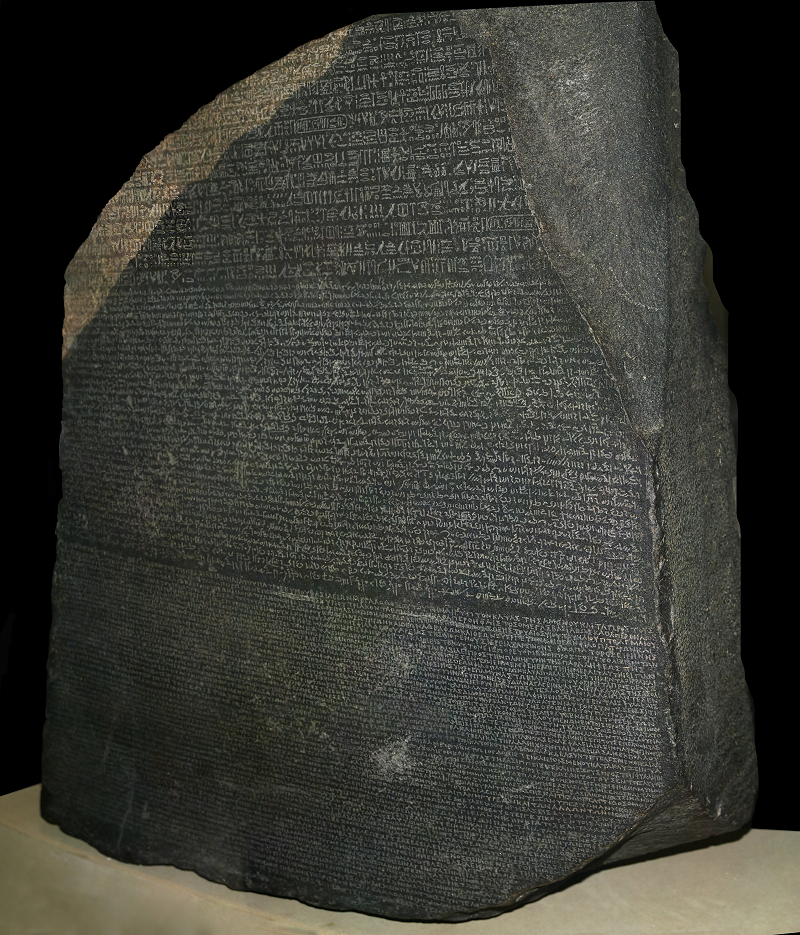
The breakthrough came when Champollion recognized that certain hieroglyphic signs represented not just sounds but also concepts. By comparing the known Greek text on the Rosetta Stone with the hieroglyphic and Demotic inscriptions, he was able to identify recurring patterns and phonetic values. Through painstaking analysis and meticulous attention to detail, Champollion finally unlocked the code that had eluded scholars for centuries.
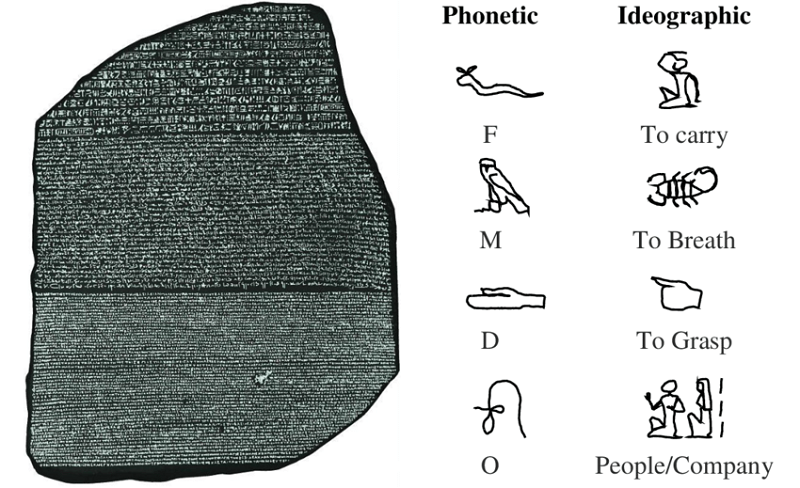
The significance of Champollion’s achievement cannot be overstated. With the decipherment of hieroglyphs, the door was opened to a wealth of knowledge about ancient Egypt—from its rich history and culture to its religious beliefs and societal structure. The Rosetta Stone became the cornerstone of Egyptology, allowing researchers to translate countless inscriptions and texts, shedding light on a civilization that had long been shrouded in mystery.
Beyond its linguistic significance, the Rosetta Stone is a testament to the enduring legacy of ancient Egypt. Carved during the reign of King Ptolemy V Epiphanes, the stone served as a decree issued by the priests of Memphis, affirming the king’s divine right to rule and commemorating his benefactions to the temples. Its inscription in three scripts reflects the multicultural nature of Ptolemaic Egypt, where Greek, Egyptian, and other languages coexisted and intermingled.
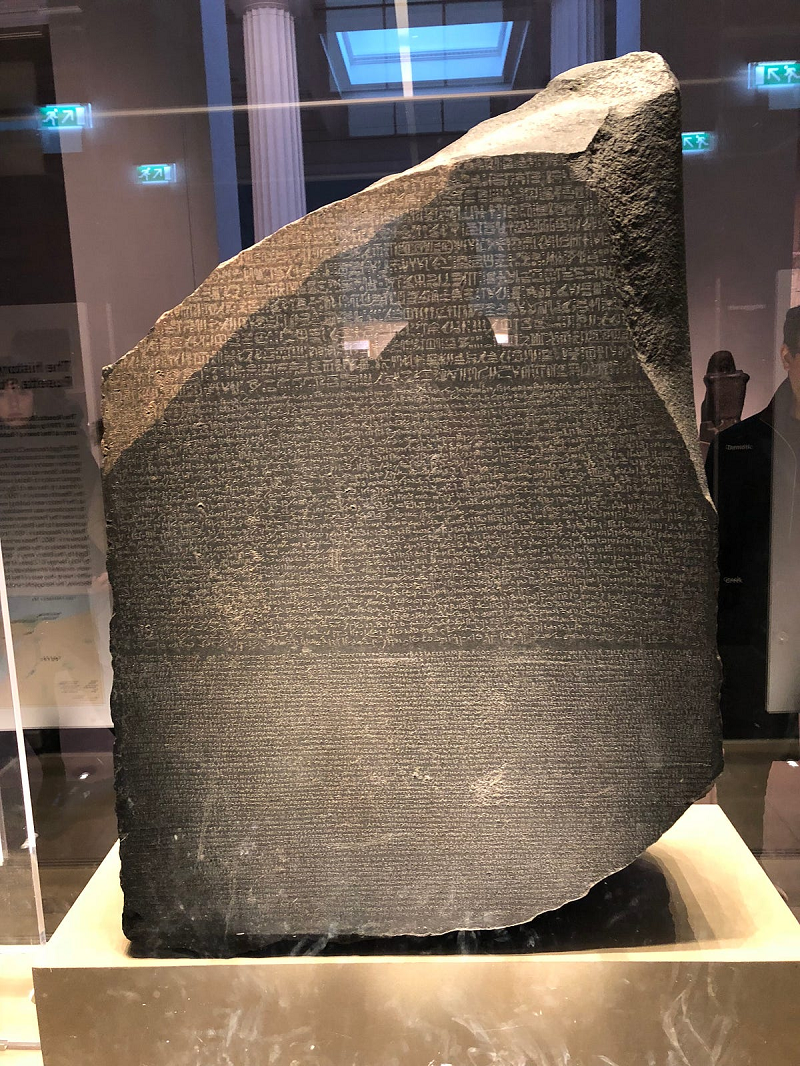
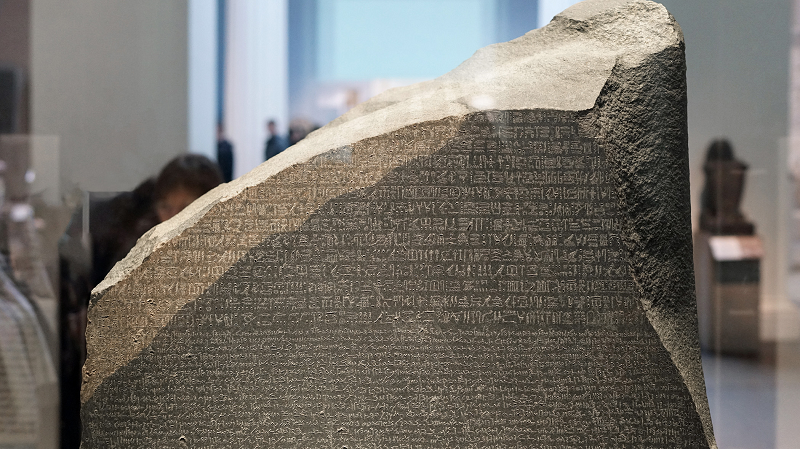
Today, the Rosetta Stone stands as a symbol of human curiosity and perseverance. It serves as a reminder that even the most enigmatic puzzles can be solved with patience, dedication, and ingenuity. As we continue to study and explore the mysteries of ancient civilizations, let us never forget the pivotal role played by this humble slab of stone in unlocking the secrets of Egypt’s past.
In the world of archaeology, few discoveries have had the same impact as the Rosetta Stone. From its humble origins as a decree issued by a Ptolemaic king to its pivotal role in deciphering the hieroglyphic script, this ancient artifact has captured the imagination of scholars and enthusiasts alike. Thanks to the groundbreaking work of Jean-François Champollion, we can now glimpse the wonders of ancient Egypt through the lens of its own language and culture. As we marvel at the achievements of the past, let us also celebrate the enduring legacy of the Rosetta Stone—a testament to the timeless quest for knowledge and understanding.
